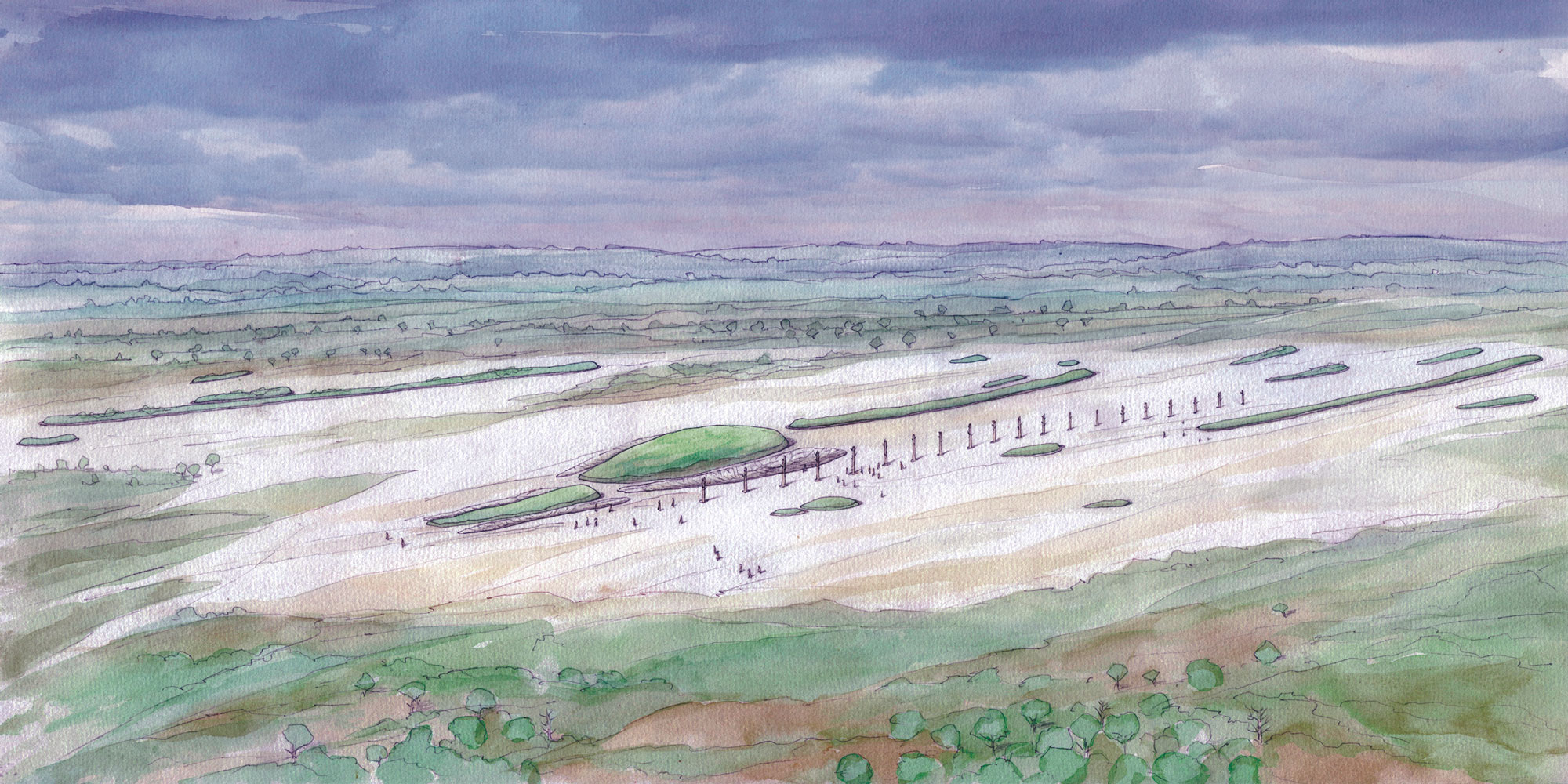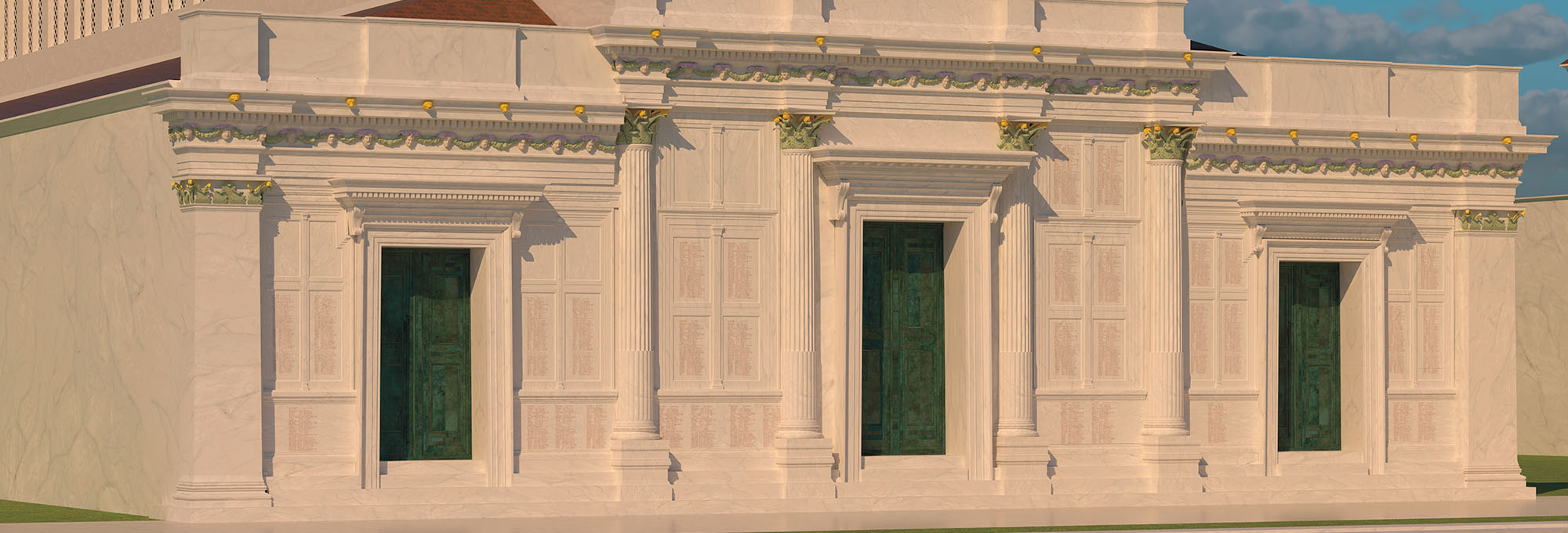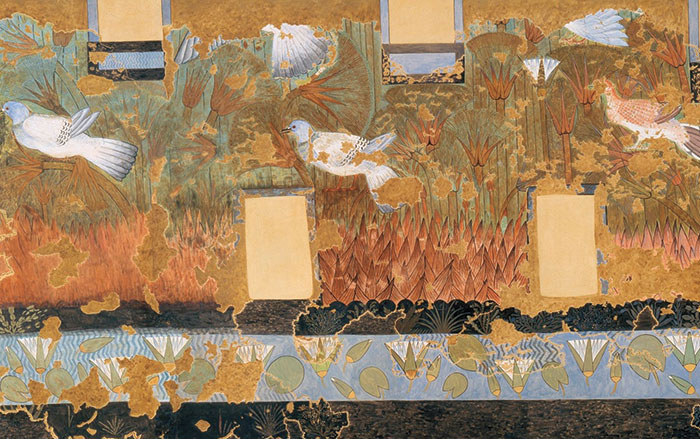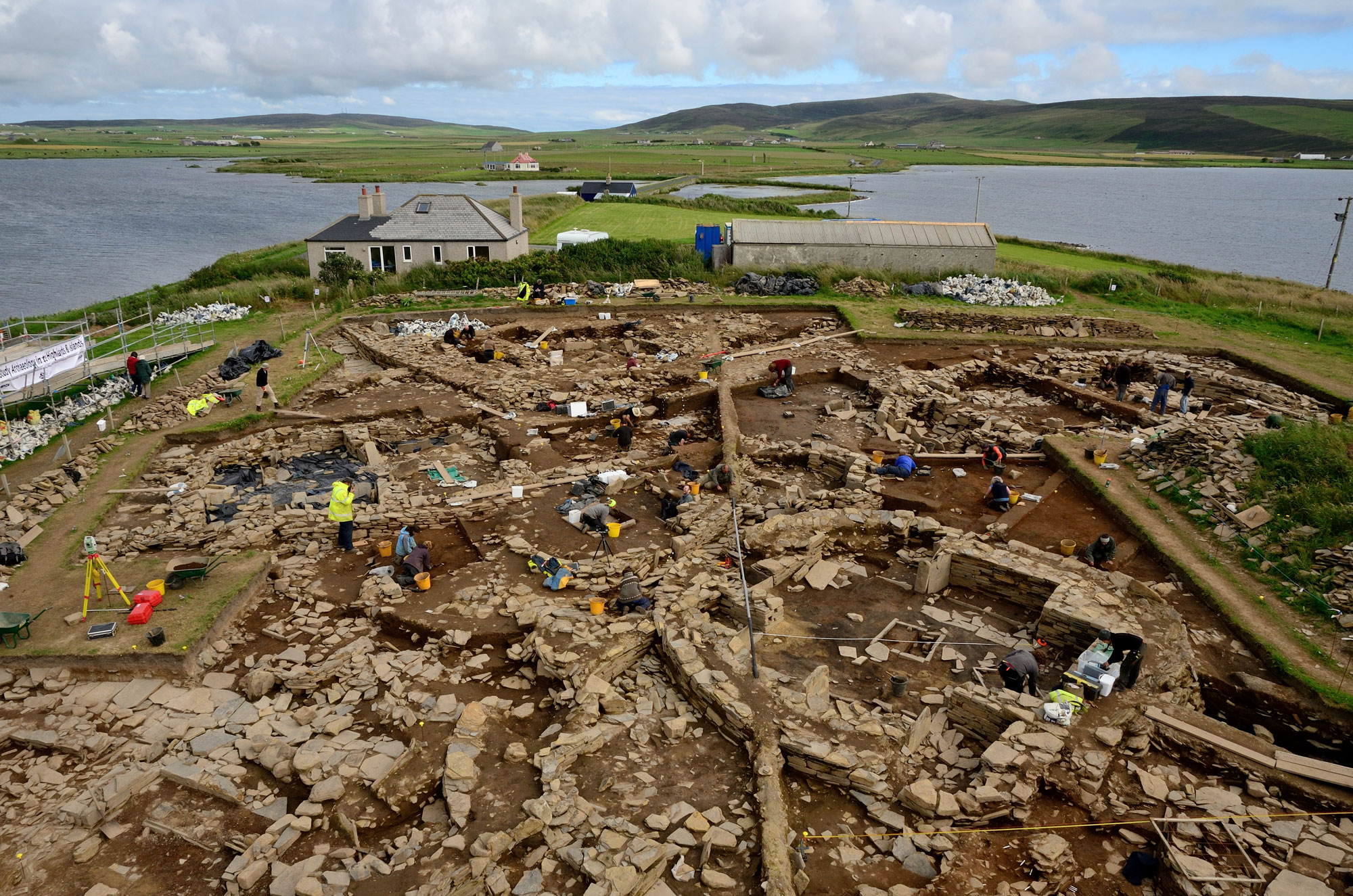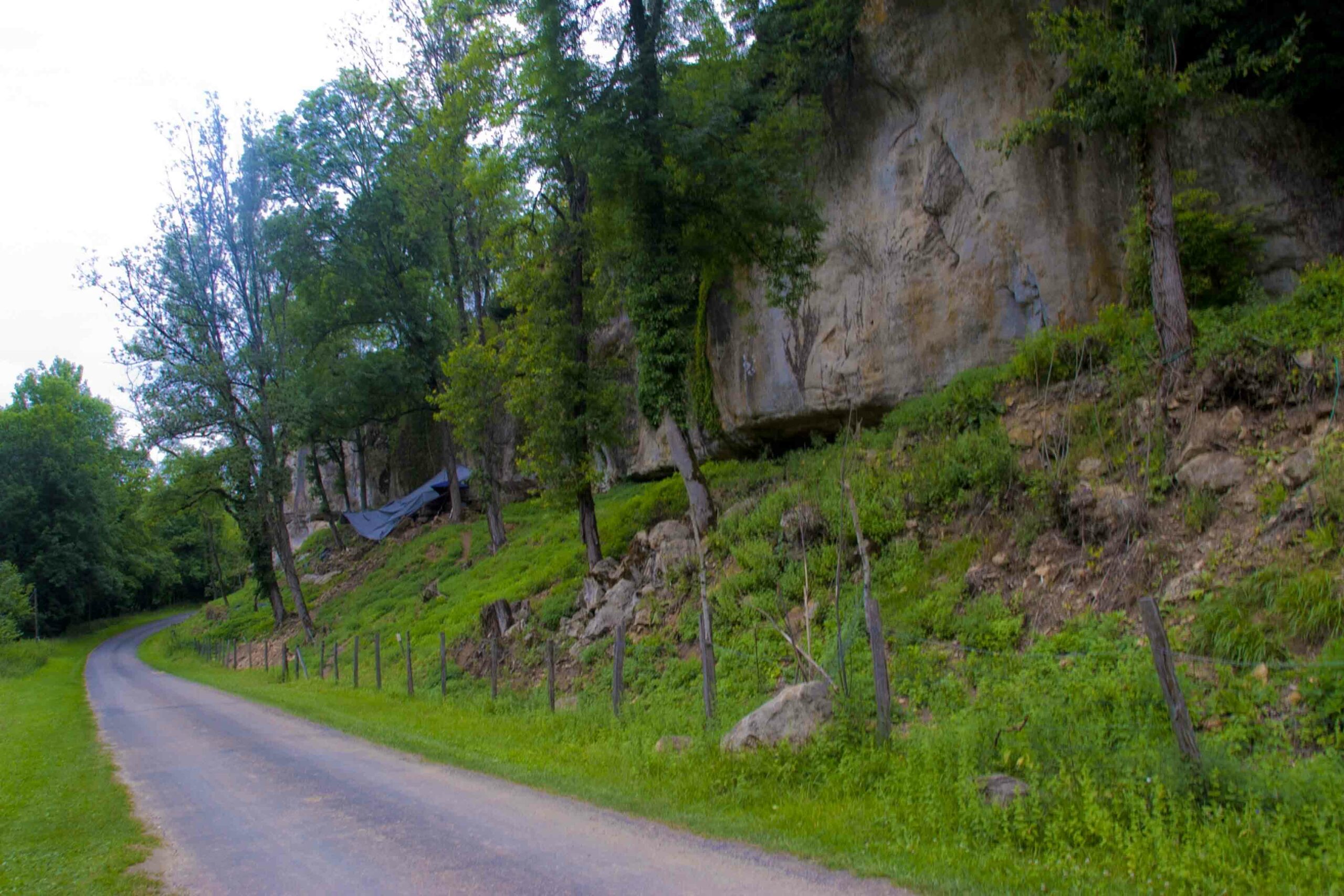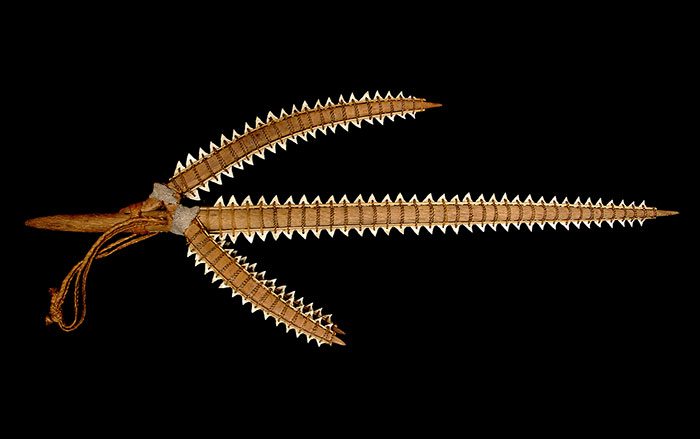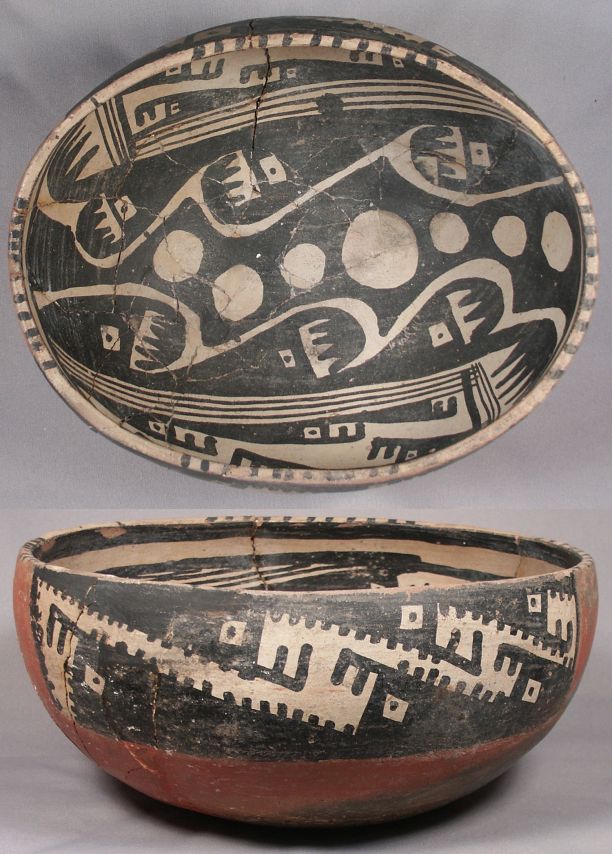
TUSCON, ARIZONA—Researchers led by Barbara Mills of the University of Arizona compiled a database of more than four million ceramic artifacts and 4,800 obsidian artifacts from more than 700 sites in the Southwest. The artifacts all date between A.D. 1200 and 1450. By applying formal social network analysis to the collection, or finding out who was making, using, and discarding similar objects over the course of daily life, they found that a large social network in the southern part of the Southwest grew very large before it collapsed. On the other hand, social networks in the northern part of the Southwest were more fragmented, but they persisted over time. “That really shocked us, this idea that you can have such long distance connections. In the pre-Hispanic Southwest they had no real vehicles, they had no beasts of burden, so they had to share information by walking,” Mills explained.



